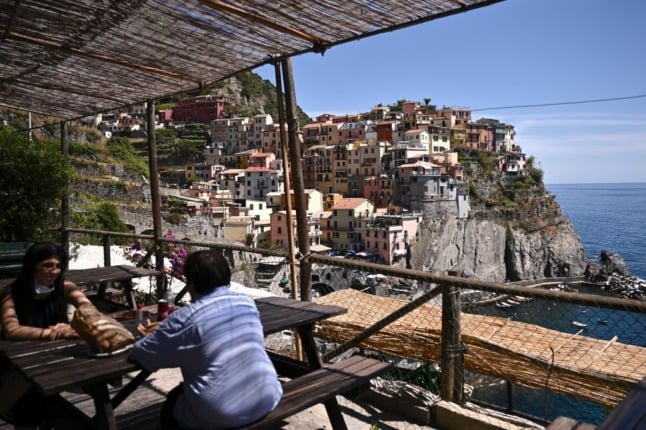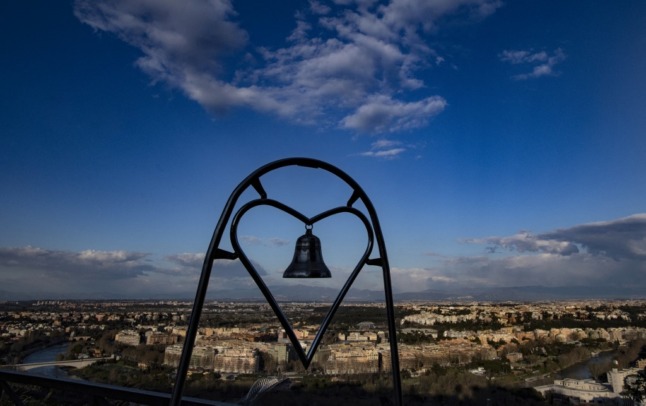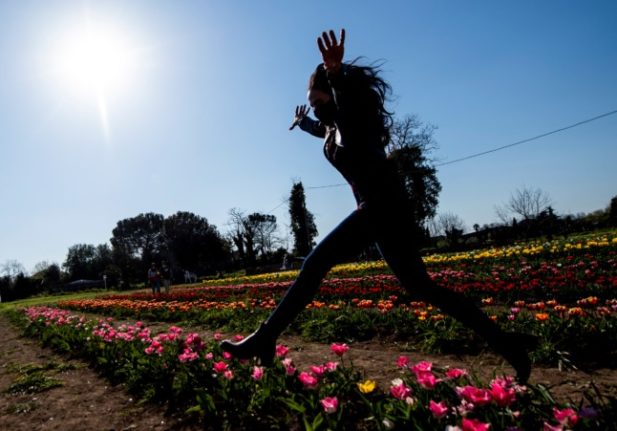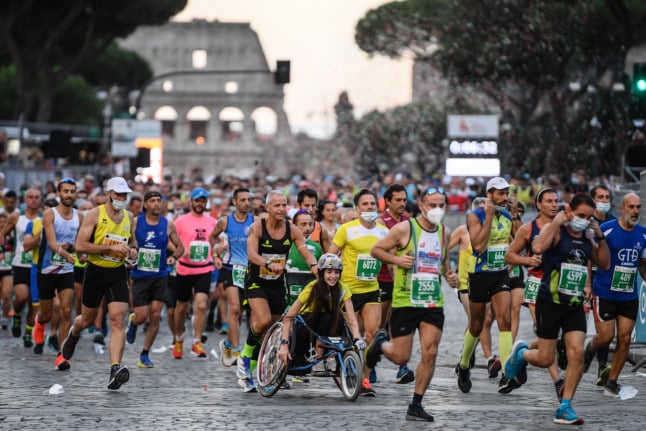Further easing of Covid-19 restrictions
Italy’s government has already relaxed most of the health measures which were in place throughout spring, with the whole country now in the low-restriction ‘white’ zone.
The last businesses to reopen are nightclubs, which can open their doors for the first time since August 2020 in early July with partygoers likely to need to show a health passport.
There won’t be a complete end to the restrictions in Italy just yet, though.
Mask-wearing rules stay in place, including in crowded outdoor areas, and more rules could return if infection rates rise.
While all regions are now in the lowest-risk ‘white’ category, Italy remains under its four-tiered system of red, orange, yellow and white zones. This means that the government could quickly impose renewed restrictions if the number of infections rises again.

EU health passport
Travelling within the European Union is set to become easier from July 1st, as the EU-wide health passport scheme begins.
From this date, people who can show they are fully vaccinated, recovered or have recently tested negative for coronavirus can use a ‘green pass’ issued in their European country to travel anywhere within the EU or Schengen zone.
Italy is also allowing arrivals from the US, Canada and Japan under the terms of its version of the ‘green pass’ scheme.
Full details on how Italy’s version of the health passport works HERE.
Summer sales
The summer sales in Italy will begin on Saturday July 3rd in most regions, though some parts of the country are delaying them by several weeks in order to give shops a chance to sell products at full price following long closures due to lockdown.
The sales will last until late August or early September, depending on your region’s rules.
No more cashback
Millions of shoppers have used the Italian ‘cashback’ scheme to claim back part of the cost of card purchases this year, and it was supposed to continue running until June 2022. But the government has now decided to end the scheme early.
You’ll no longer be able to claim cashback on card purchases made after June 30th 2021. Here are the details.

Photo: Francois Lo Presti/AFP
Sharp rise in gas and electricity prices
Household bills will jump from this month, with the cost of electricity rising by 9.9% and gas by 15.3% from July 1st, Italy’s energy regulatory authority Arera has confirmed.
The price increases were initially set to be even higher, but the government stepped in to limit the increase amid concerns about how the sudden rise would impact inflation.
End to ban on laying off employees
Italy was the only EU country to bring in rules stopping companies from laying off workers during the Covid-19 crisis, and the Bank of Italy estimates that the measure helped save 440,000 jobs last year.
The freeze on firings introduced in February 2020 will now be selectively lifted from Thursday, July 1st, starting with large companies in sectors like construction and manufacturing.
New EU VAT rules for imported goods
Imported goods with a value of €22 or less used to be exempt from tax, but this condition will be scrapped on July 1st across the EU.
This means all goods arriving into Italy and other European countries from non-EU countries will be subject to VAT, regardless of their value.
This EU-wide regulation will particularly affect businesses that import goods from outside of the bloc and people who shop online on international websites such as China’s AliExpress.
If the goods cost more than €150 (not including transport, insurance and handling charges) you will also have to pay customs duty.
If businesses don’t register with the The Import One-Stop Shop (IOSS), the VAT will be paid by the customer when importing the goods into the EU.
Postal or courier companies may charge the customer an additional clearance fee to collect this VAT and carry out the necessary procedures when importing the goods.




 Please whitelist us to continue reading.
Please whitelist us to continue reading.
Member comments